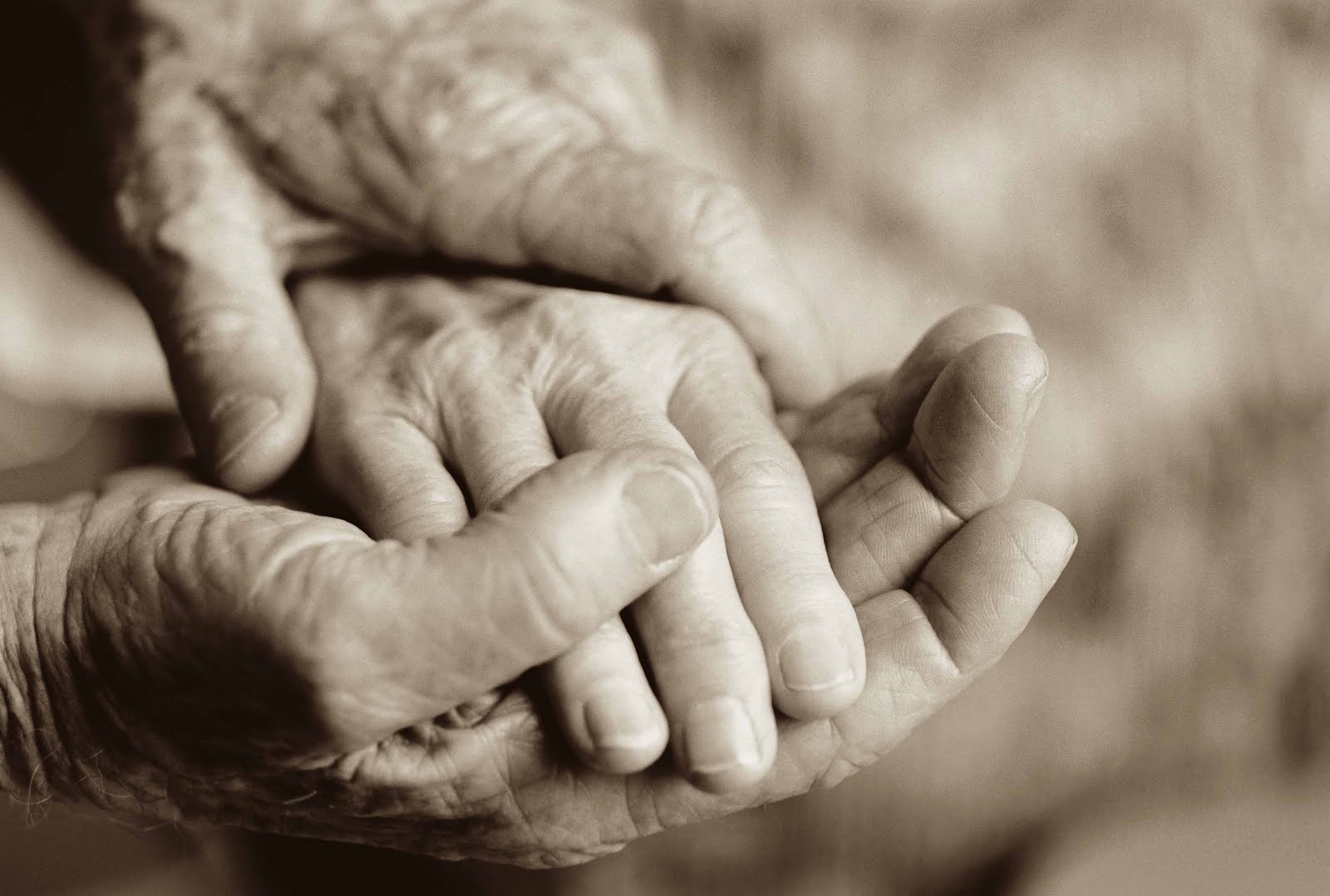The Black Stone was Not Always Black
بِسۡمِ
ٱللهِ ٱلرَّحۡمَـٰنِ ٱلرَّحِيمِ
Shaykh ‘Utsman
Nuri Tufbas wrote, in “The Prophet Muhammad Muswthafa the Elect (s.a.w.)”,
that the Ka’bah is the House of Allah (s.w.t.) only symbolically; that
is to say, Allah (s.w.t.) does not live in it. Muslims pray to Allah (s.w.t.) by
circumambulating it seven times, starting from the Black Stone placed by
Ibrahim (a.s.) near one of the corners of the Ka’bah. The Black Stone descended from Paradise, and
as reported by the Prophet (s.a.w.),
it was whiter than milk and snow at the time of its descent, darkened in time
by the sins of human beings. This was
recorded by Imam Abu ‘Isa Muhammad ibn ‘Isa as-Sulami at-Tirmidzi (r.a.),
and Imam Ahmad ibn Muhammad ibn Hanbal (r.a.).
It has also
been reported that fires before and after Islam had a part to do with the
darkening of the Stone, but there are accounts that the side of the Stone
facing the wall of the Ka’bah still remained very white.
Imam Mujahid
ibn Jabr (r.a.) narrated that when Sayyidina ‘Abdullah ibn az-Zubayr (r.a.)
demolished the walls of the Ka’bah in order to renovate it, he saw that the
inner side of the Black Stone was white. Shaykh Muhammad ibn Nafî’ al-Huza’i (r.a.)
was present during the reinstatement of the Stone in the 339th year
of Hijrah, after it was taken away by the heretical Qarmathiyyah sect. He said, “I was there to inspect the Black
Stone when it was removed from its case, and I saw that only one side, the
visible side of the Stone, was black, while the other three sides were white.”
In the 1,039th
year of Hijrah, the Ka’bah was ruined by a strong flood that swept
across Makkah. During the rebuilding, Imam
Muhammad ibn ‘Allan al-Makki (r.a.) inspected the Black Stone,
commenting that “the parts of the Black Stone installed facing the walls of the
Ka’bah are as white as the marble where Ibrahim (a.s.) prayed”.




Comments
Post a Comment
Thank you for taking the time to share our thoughts. Once approved, your comments will be posted.